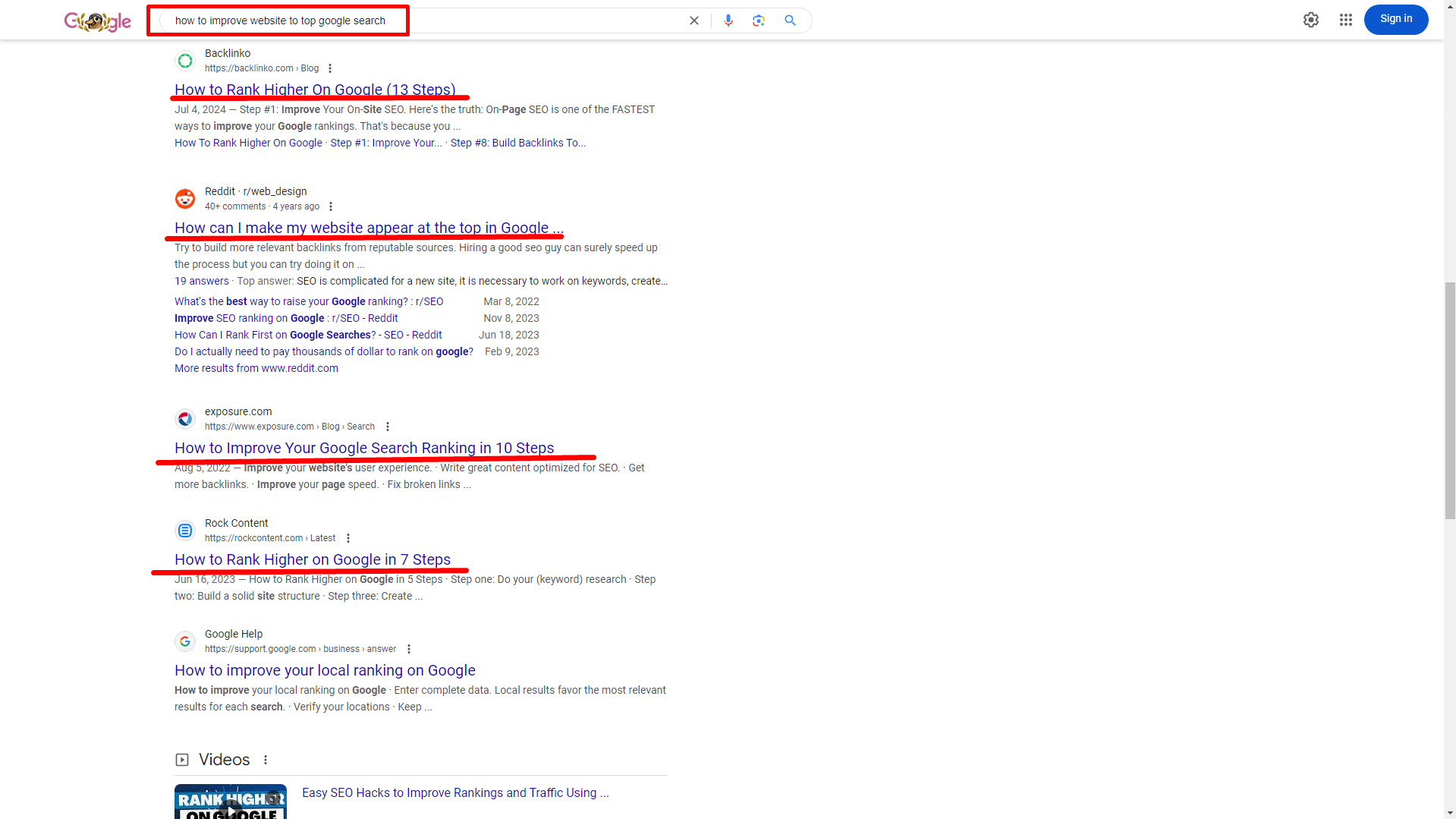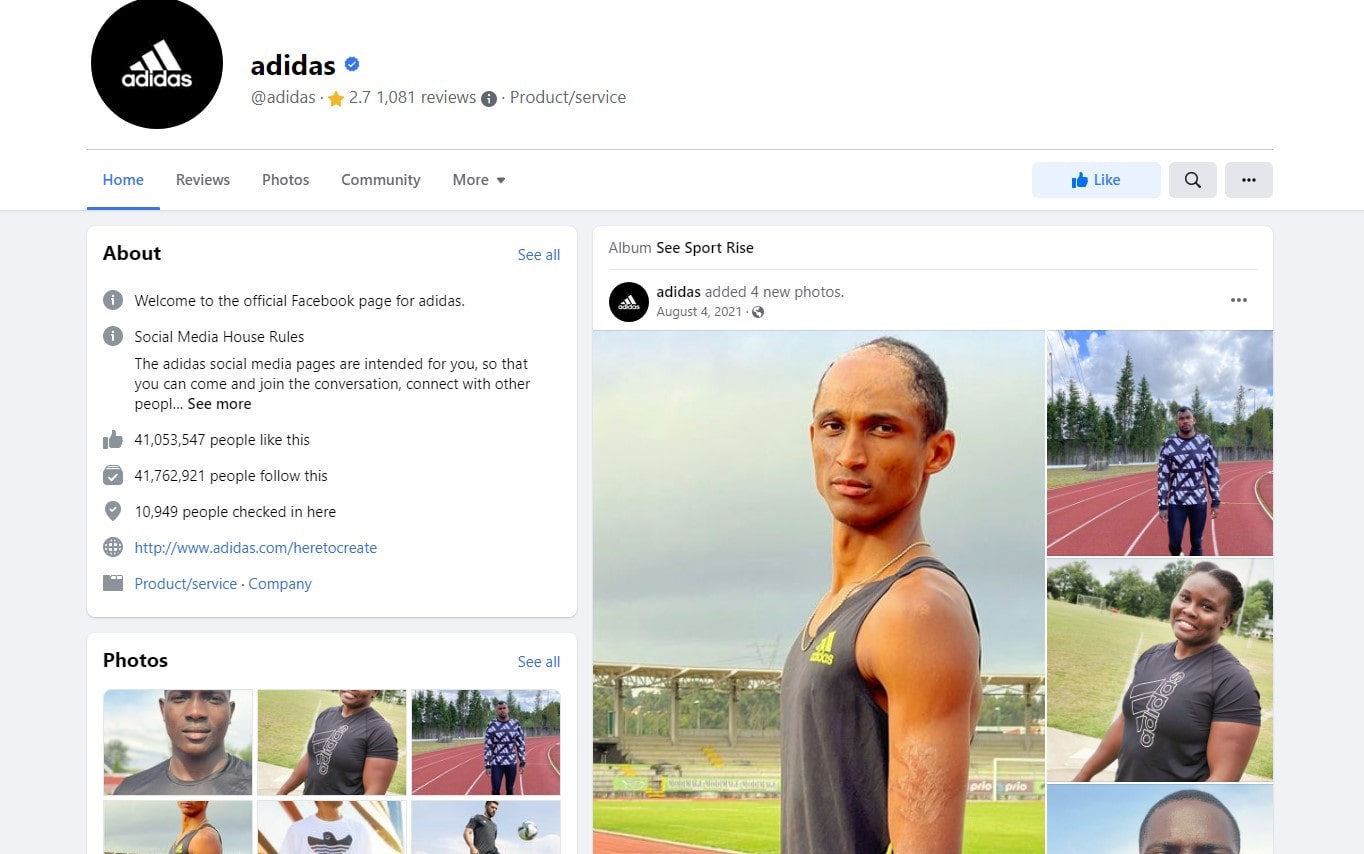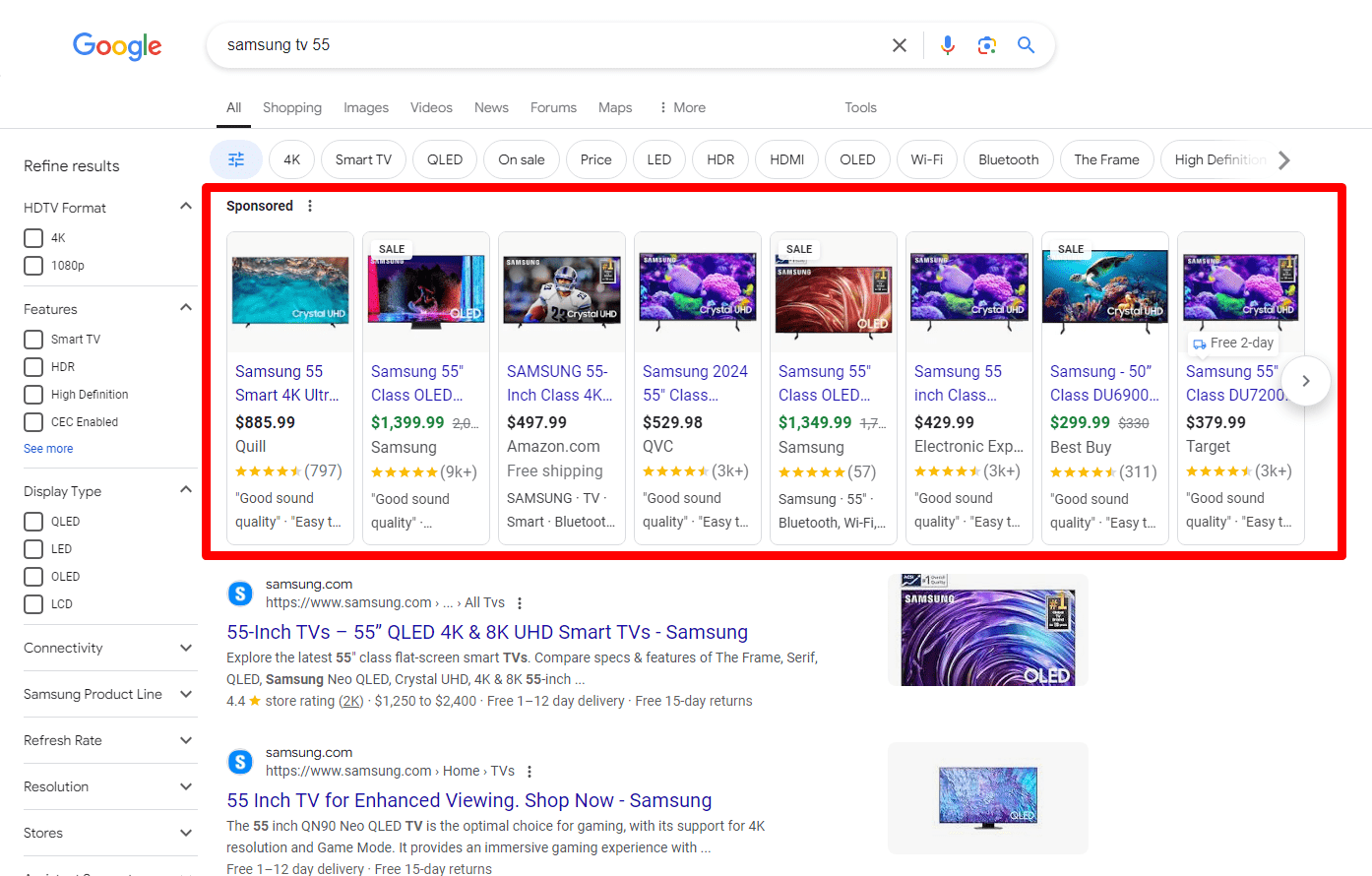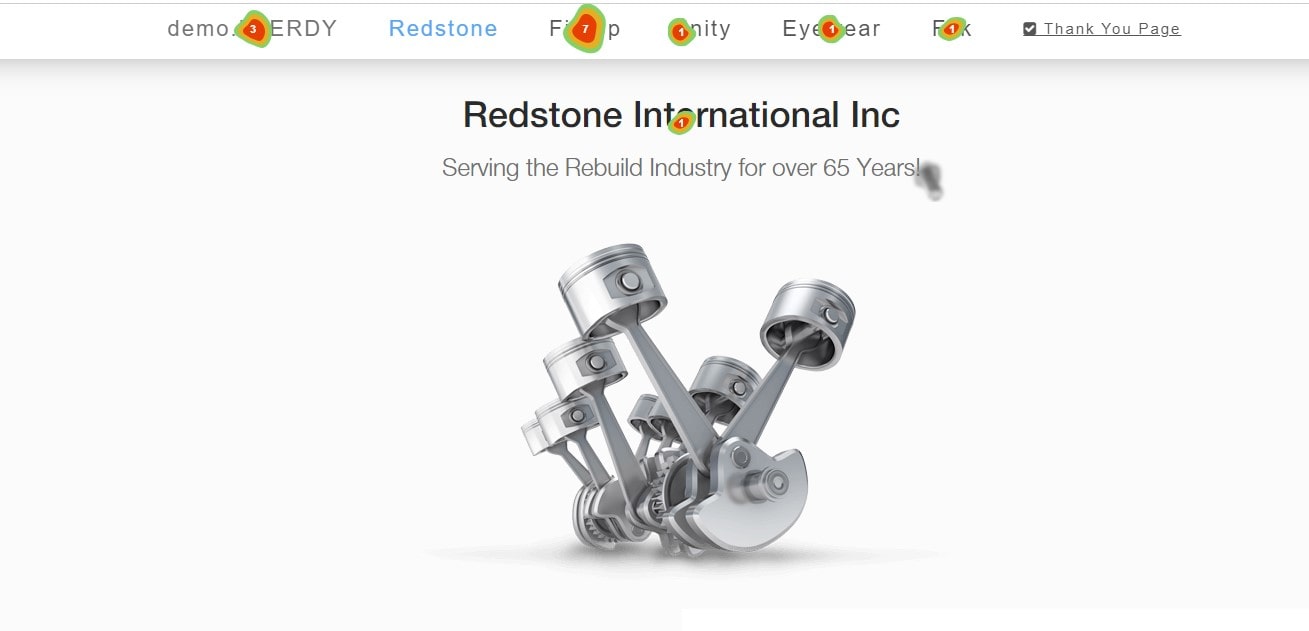Hey here! Considering dipping into the realm of digital marketing but not sure where to begin? You have indeed come to the correct site. Simply said, marketing is not what it once was. The days of hanging fliers on every street corner or pushing commercials in periodicals are long gone. Digital is the game name in the corporate scene of today. Digital marketing is your hidden weapon whether your goals are brand building, business expansion, or just knowledge of what all the hoopla is about.
But why is digital marketing so important and exactly what is it? Well, get ready for the dirt on what makes this modern marketing magic happen. We will dissect the fundamentals, provide some real-world case studies, and interject some laughs along the road. You’re getting ready to kick some major digital butt, not only learning for the purpose of it. Allow us to delve right in!
What is Digital Marketing?
Digital marketing is about using the internet to link companies and possible consumers. Consider it as a concoction of SEO, social media, email, and content—all shaken, not stirred—to get your brand observed. You are disseminating the word via contemporary channels such Google, Facebook, and LinkedIn rather than depending on conventional methods.
Why is this so important? People are scrolling on their phones, watching movies, reading blogs, and purchasing online instead of merely hanging around at retail centers. Digital marketing then comes in to satisfy them exactly where they live. Presenting a product to someone is only one aspect; another is establishing a relationship, developing confidence, and ensuring your company stands out among the digital throng.
Digital marketing is therefore your toolset for reaching consumers in the hyperconnected world of today, whether your focus is on optimizing material for search engines or creating click-worthy social posts. And suppose what? It’s simpler than you would think—especially if you keep reading.
Why is Digital Marketing Important?
You could find it odd why businesses are investing so much in digital marketing. Simple—because it makes sense. Consider it: at the tap of a finger, you can contact thousands of possible consumers. Besides, it’s not only about drawing attention to your offering. It is about aiming for the correct eyeballs. Digital marketing enables you to precisely reach your target audience whether you run a worldwide business or a tiny local shop.
But survival is more important than only expansion. Should your business not be online, you are essentially invisible. The digital strategy provides everything from social interaction to data-driven techniques, so ensuring you’re not just throwing spaghetti at the wall to see what sticks when conventional approaches lose appeal. Real-time knowledge will let you know what works and what does not.
Digital marketing is therefore not only a need but also a must if you wish to increase sales, create a devoted community, or simply ensure your business is modern enough. Accept it; then, see how quickly your business is growing.
Types of Digital Marketing Channels
Digital marketing channels are the ways businesses reach their target market and advertise their goods or services online. Every channel has special qualities, advantages, and drawbacks; so, marketers must know how to make best use of them. Investigating several forms of digital marketing channels helps businesses to develop a comprehensive plan that best uses their influence and reach.
Organic Search (SEO) in Digital Marketing

Foundational in nature, organic search—also known as SEO—focusses on raising a website’s exposure in search engine results for particular keywords. This digital approach aims to maximize website content such that it ranks higher on search engines such as Google, therefore drawing natural traffic devoid of direct payment per click. Since consumers often rely on natural search results over sponsored advertisements, SEO mostly benefits from the possibility to deliver “free” traffic that carries a great degree of trust from users. To properly compete in the digital terrain, this “free” digital traffic does, however, include initial expenses for optimization, usually around $10,000, which is a required investment.
The period required to see benefits from SEO can vary; businesses sometimes wait up to a year for appreciable ranking improvement. This chronology relies on competitiveness, keyword choice, and the caliber of online marketing initiatives. One of the typical SEO mistakes is inadequate category optimization. Using a broad term like “Jacket” instead of a more exact keyword like “Men’s Summer Jackets,” for instance, could make it more difficult to draw focused traffic. To guarantee business success in natural search, a digital marketing specialist should be well-versed in SEO tactics include choosing pertinent keywords, optimizing content, and honing categories.
Paid Traffic in Digital Marketing
A fundamental component of digital marketing, paid traffic uses online advertising channels to deliver direct visitors to a website. Search engine ads like Google Ads, social media advertising, remarketing campaigns, and other pay-per- click (PPC) marketing digital strategies comprise this kind of For businesses that want immediate results, paid traffic is especially beneficial since it lets digital campaigns be rapidly tested and optimized to maximize return on investment. For goods with general appeal like clothes, it works great; yet, it might not be as successful for more specialist items like specialized power tool components.
Paid traffic is a main disadvantage in terms of cost, which can rapidly rise if a digital marketing plan is not closely controlled. Should the website not be converted friendly, the heavy traffic could not transform into sales, hence squandering of marketing funds. Businesses must make sure their landing pages offer a flawless user experience that motivates visitors to perform the intended action, such making a purchase or completing a form, thereby increasing the effectiveness of paid digital marketing.
Social Media in Digital Marketing

Many digital marketing plans center on social media channels including Facebook, Instagram, TikHub, and YouTube Shorts since they provide a special means for businesses to interact with big audiences via visual material. These channels are used by digital marketers to raise brand awareness, distribute worthwhile material, and create a community centered on their business. Particularly if material is produced in-house, social media’s potential for viral content—which can drastically raise brand recognition at a cheap cost—offers a benefit in digital marketing.
Still, producing excellent social media content calls both time and money. For businesses wishing to use digital video marketing, the content creation budget might run about $1,000 monthly. Businesses must also constantly develop and create interesting material that appeals to their target market since the rivalry is fierce and many businesses fight for customer attention. Social media’s capacity to create loyal client bases and nurture deep connections makes it still a crucial digital marketing tool.
Warm Email Marketing in Digital Marketing
Sending customized emails to people who have already expressed some degree of interest in a company’s goods or services is the digital tactic known as “warm email marketing.” Warm email marketing is more successful in developing relationships and generating conversions than cold emailing, which targets possible clients without past interaction. Mailchimp or Sendpulse tools help to simplify email marketing and provide customized messages to recipients, therefore motivating them to buy or interact with the business in some capacity.
High personalization and control over messaging—two advantages of email marketing in digital strategies—can greatly increase consumer loyalty and sales. Their reach may be limited, though, by issues such emails maybe finding their way in spam bins. Digital marketers must so carefully create email material and avoid buzzwords that can set off spam filters in order to fight this. Furthermore, some products might not be fit for upselling, therefore limiting the value of email marketing in specific markets.
Remarketing in Digital Marketing

Targeting consumers who have previously visited a website but did not make a purchase or desired action, remarketing is a digital marketing tactic. By means of digital adverts, emails, or social media reminders, this strategy enables businesses to re-engage possible consumers thereby motivating them to visit the website and finish their transaction. Remarketing maintains a brand top-of-mind and offers a second opportunity to turn guests into consumers.
In digital marketing, remarketing has advantages in terms of higher conversion rates and the possibility to design very focused campaigns. Businesses should employ this approach carefully, though, to prevent overwhelming consumers with too many ads—which would be seen as intrusive. A well-run remarketing campaign provides value to inspire consumers to return and finish their purchase by means of discounts or reminders of things left in the basket.
Direct Traffic in Digital Marketing
Direct traffic shows a close relationship between the business and its audience when people visit a website by inputting its URL straight into the browser. Direct traffic is a very useful metric of brand awareness and loyalty in digital marketing since it shows how well a business can inspire returning visits. Users that visit a site often are more likely to interact, convert, and eventually make long-term purchases.
Direct traffic affects SEO as well since it shapes how relevant and popular a website seems to search engines. Digital algorithms see a site more credibly the more consumers search for a brand name or type the URL. Although direct traffic generation requires time and work, it is among the most successful digital marketing techniques for raising brand awareness and supporting environmentally friendly corporate expansion.
Analyzing Digital Marketing Channels

Understanding which initiatives are producing benefits and which need change depends on knowing which digital marketing channels are under use. By means of solutions like Plerdy, businesses may monitor user behavior on their website—that is, where visitors click, scroll, and migrate between pages. Improving website usability, maximizing user experience, and finally raising conversion rates depend on this information.
Digital marketing analysis helps determine which channels provide focused traffic and which might need improvement to reach the appropriate demographic. By means of usability assessments and application of adjustments grounded on this study, businesses can optimize their digital strategy for maximum impact. By means of technologies such as Plerdy, marketers may maximize ROI and support corporate goals by optimizing every digital channel.
Final Thought
Using several marketing platforms is absolutely essential for business success in the digital age. From search engine optimization and bought traffic to social media and email, every digital marketing tool has a different function in generating traffic, raising brand awareness, and enhancing conversion. Knowing these channels and how to examine them helps businesses to maximize their efforts at digital marketing and attain steady expansion. Using a multi-channel strategy guarantees that your business stays competitive in the always changing digital market, attracts the proper audience, and keeps consumers interested.
